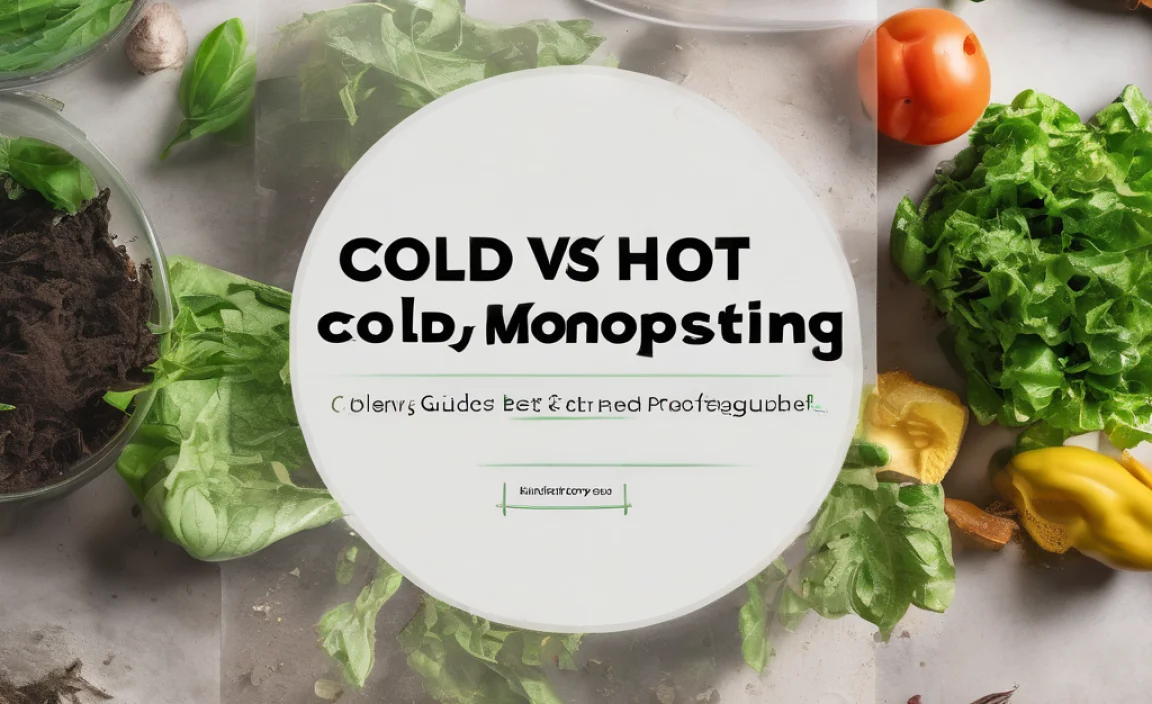In-vessel composting methods offer a remarkably efficient and controlled approach to transforming organic waste into nutrient-rich compost. Unlike traditional open-air piles, these enclosed systems significantly speed up the decomposition process while minimizing common composting challenges such as odor, pest attraction, and leachate runoff. For individuals and businesses looking for a cleaner, faster, and more predictable way to manage organic materials, exploring the various in-vessel composting methods is a wise investment.
The allure of in-vessel composting lies in its ability to create an optimized environment for the microorganisms that drive decomposition. By containing the composting material within a vessel – whether it’s a bin, drum, or a more sophisticated automated system – operators can more effectively manage critical factors like moisture, aeration, and temperature. This control is paramount to achieving high-quality compost in a shorter timeframe, and it distinguishes in-vessel systems from their open-air counterparts.
Exploring Different In-Vessel Composting Methods
When considering the spectrum of in-vessel composting methods, a range of options caters to diverse needs and scales. From simple, DIY setups to industrially engineered solutions, the core principle remains the same: containment and control. Understanding the nuances of each approach will help determine the best fit for your specific organic waste stream and composting goals.
Tumbler Composting: One of the most popular and accessible in-vessel composting methods for home use is the tumbler. These sealed drums, often mounted on a stand, allow for easy turning of the compost material. Turning is crucial for aeration, which provides the oxygen essential for aerobic decomposition – the efficient, odor-free process. Tumblers typically have a good capacity for kitchen scraps and yard waste, and their enclosed nature helps retain heat, accelerating the breakdown of materials. The simplicity of operation, requiring only a few turns every few days, makes them an attractive option for busy individuals. The contained environment also effectively deters pests like rodents and flies, a significant advantage for urban or suburban dwellers.
Stationary Bin Composting: Another prevalent in-vessel composting method involves stationary bins. These can range from simple plastic bins with lids and aeration holes to more robust, multi-bay systems. While they don’t offer the same ease of turning as tumblers, they are generally more cost-effective and can handle larger volumes of material. Aeration in stationary bins is typically achieved through the inclusion of perforated pipes throughout the compost pile or by manually turning the material with a compost fork or aerator tool. The lid is essential for retaining moisture and heat, as well as preventing unwanted visitors. Proper management of moisture and occasional turning are key to success with this method.
Batch Composting Systems: For those seeking a more structured approach, batch composting systems offer a controlled way to manage organic waste. In these systems, a specific volume of organic material is added to the vessel at one time, and the composting process is allowed to complete before the finished compost is removed. This method is particularly useful for facilities or operations that generate a consistent volume of organic waste. Batch systems can be designed with various levels of sophistication, including forced aeration and temperature monitoring, which can significantly shorten composting times and produce a more uniform end product. This controlled approach helps ensure that the active composting phase is optimized for efficiency and pathogen reduction.
Continuous Composting Systems: At the industrial scale, continuous in-vessel composting methods are often employed. These systems are designed to handle large volumes of organic waste on an ongoing basis. Material is added to one end of the vessel, composted as it moves through, and finished compost is removed from the other end. This requires sophisticated engineering to maintain optimal conditions throughout the composting cycle. Mechanisms for aeration, moisture control, and temperature regulation are critical. Examples include belt composting systems, in-vessel screw aerators, and large-scale rotary drums. These systems are highly efficient and can produce large quantities of high-quality compost, making them ideal for municipal waste management facilities, large farms, and commercial composting operations.
Benefits of In-Vessel Composting
Regardless of the specific in-vessel composting methods chosen, the benefits are substantial. The primary advantage is the significantly accelerated composting process compared to open piles. The controlled environment allows for higher temperatures to be maintained, which not only speeds up decomposition but also effectively kills weed seeds and pathogens. This results in safer, more mature compost.
Odor control is another major draw. By containing organic materials and promoting aerobic decomposition, in-vessel systems minimize the production of smelly anaerobic byproducts. This makes them far more suitable for residential areas, urban settings, or businesses located near sensitive neighbors.
Pest deterrence is also a significant advantage. The enclosed nature of in-vessel composting makes it difficult for rodents, insects, and other pests to access the composting material. This not only keeps your compost area cleaner but also eliminates a potential source of nuisance.
Finally, leachate management is greatly improved. Open composting piles can produce leachate, a liquid that can contaminate soil and water. In-vessel systems capture and contain this liquid, allowing it to be reabsorbed by the compost or managed more effectively.
In conclusion, in-vessel composting methods represent a significant leap forward in waste management. By offering control over the decomposition process, these systems deliver faster results, higher quality compost, and a more pleasant and hygienic composting experience. Whether you’re a home gardener looking for a simple tumbler or a large operation needing a continuous system, there’s an in-vessel solution to meet your needs.

I am passionate about home engineering. I specialize in designing, installing, and maintaining heating, ventilation, and air conditioning systems. My goal is to help people stay comfortable in their homes all year long.


